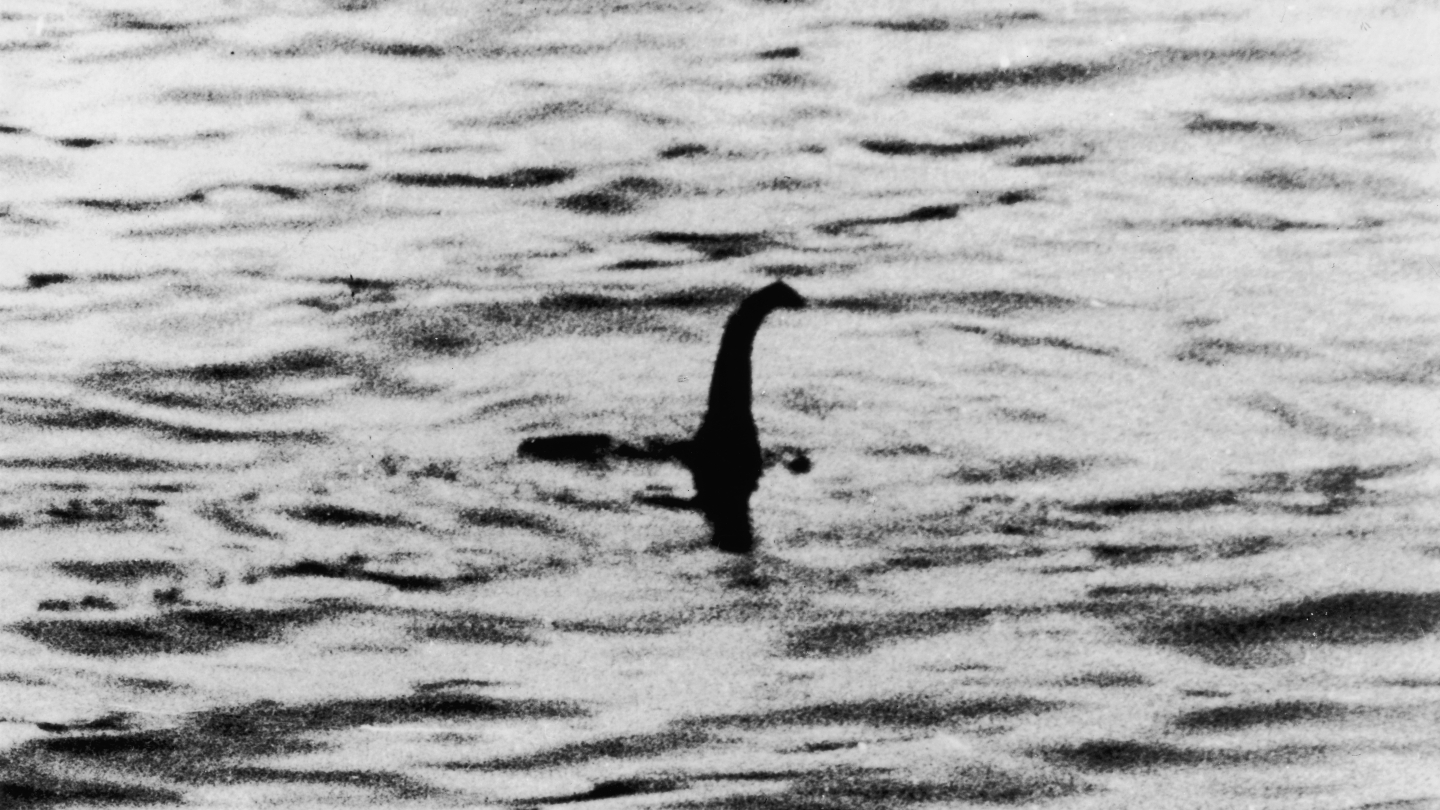There were drones, there were boats. There were spotters on land and a hydrophone listening for suspicious sounds underwater. In what may have been the biggest search of its kind in 50 years, crowds of people gathered this summer in Scotland to hunt for any sign of a legendary creature: the Loch Ness Monster.
In July, Foxon published a study on the probability of finding a giant eel in the loch, one of many hypotheses for sightings of the storied sea monster. The answer: Essentially zero. Even the chances of finding a 1-meter-long eel are low, about 1 in 50,000, Foxon reported in JMIRx Bio. But once you get much longer than that — into monster-sized eel territory — the probability plummets.
But don’t call Foxon a myth buster or a debunker. “Absolutely not,” he says. “I think you should approach these things with an open mind and let the data influence your decision-making.”
Though monsters have captured Foxon’s imagination, his background is in physics, and by day, he’s a data analyst for a health consulting firm. In his free time, he flits through far-flung fields of science, including astronomy, paleontology and cryptology, the study of ciphers. “When you learn data science,” Foxon says, “you find that it can be applied to more or less anything.” Even monsters.
2023-09-26 08:00:00
Article from www.sciencenews.org
rnrn
